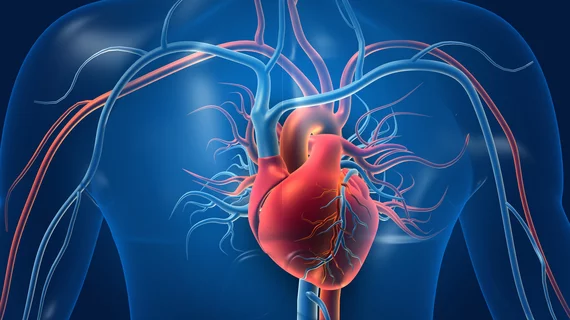Empagliflozin, an SGLT2 inhibitor approved by the U.S. Food and Drug Administration for the treatment of type 2 diabetes and heart failure, may also improve endothelial function and reduce arterial stiffness, according to new research out of GeroScience.[1]
The study’s authors, noting that aging is associated with impaired blood vessel functionality, aimed to see how empagliflozin impacted the health of 72-week-old mice. After six weeks, mice given a diet enriched with empagliflozin had blood vessels that appeared to be much healthier than mice given a standard diet.
The group also noted that the six weeks of empagliflozin treatment was not associated with a rise in blood pressure among the older mice. In addition, they wrote, this experiment focused on male mice only; a separate analysis is needed that examines the impact of this treatment on female mice.
“To our knowledge, this is the first study to examine the potential role of SGLT2 inhibition in reversing vascular aging,” corresponding author Camila Manrique-Acevedo, MD, associate professor of medicine at the University of Missouri School of Medicine, said in a statement. “And our findings highlight the need for further clinical investigations to determine the potential role of SGLT2 inhibition as a therapeutic tool to delay or reverse vascular aging in humans.”
Manrique-Acevedo also noted that cardiovascular disease (CVD) remains the primary cause of death for older patients throughout the United States. Could SGLT inhibitors give physicians a new tool in the battle against CVD?
“Weight loss, physical activity, antihypertensive therapy and lipid-lowering drugs have shown variable effectiveness at improving blood vessel function and reducing arterial stiffness,” she said. “But additional approaches are needed to improve vascular health in older adults.”
Empagliflozin is sold by Boehringer Ingelheim and Eli Lilly and Company under the name Jardiance.
Related Empagliflozin Content:
Empagliflozin helps heart failure patients stay out of the hospital
Empagliflozin provides consistent benefits for HFpEF patients
Cancer, cancer-related death much more common among heart failure patients
Empagliflozin gains FDA approval as treatment for adult HFrEF patients
Reference:

